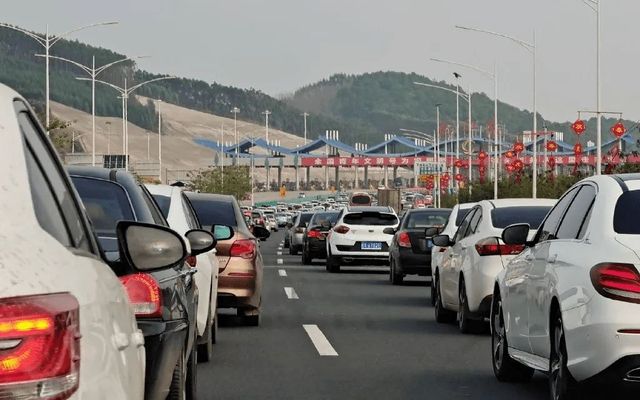
It should be noted that, affected by factors such as changes in the domestic and foreign epidemic situation, public travel during the Spring Festival travel period this year is mainly medium and short-distance. From the perspective of traffic changes, it is characterized by “stable before the festival, rebound during the festival, and rebound after the festival”. It is expected that New Year’s Eve will be the lowest point of traffic, and there will be two traffic peaks around the sixth of the first month and the sixteenth of the first month. Judging from the weather conditions, the weather in the whole country during the Spring Festival this year is generally good. The temperature in most areas is basically close to the normal level, and there may be a certain range of low-temperature rain and snow weather. To this end, it is recommended that the majority of drivers and friends do “three things” before traveling:
First, look at the epidemic. Pay close attention to the changes in the epidemic prevention and control policies at the origin and destination, understand the requirements for epidemic prevention and testing in advance, strictly protect yourself, and bring the “two codes and two certificates” (health code, itinerary code, ID card, nucleic acid test certificate), and make a reasonable choice Travel routes and actively cooperate with epidemic prevention inspections to ensure a pleasant travel.
The second is to look at the weather. Keep abreast of the weather conditions in the surrounding areas, carefully check the technical condition of the vehicle, take anti-skid measures for the vehicle, and try to avoid the sections that are prone to freezing and icing to ensure safe travel.
The third is to look at the road conditions. Understand the real-time road conditions and peak hours of the passing route in advance, and information such as easy-to-congestion and slow-moving stations, and reasonably choose the travel route, method and time to ensure smooth travel.